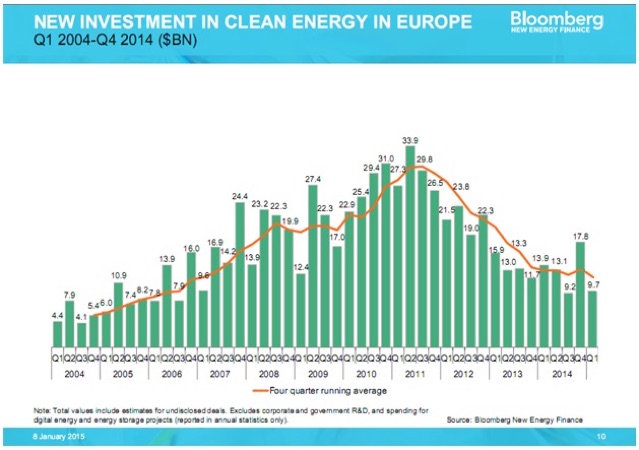Table of Content
For example, someone with $100,000 cash can make a 20% down payment on a $500,000 home, but will need to borrow $400,000 from the bank to complete the purchase. Use our refinance calculator to see if refinancing makes sense for you.Dollar SignYour debt-to-income ratio helps determine if you would qualify for a mortgage. VA loans are partially backed by the Department of Veterans Affairs, allowing eligible veterans to purchase homes with zero down payment at competitive rates. The months it takes to repay the money you borrow can significantly impact your interest costs. The amount of money you borrow greatly influences how much interest you pay to a lender.
If you can pay off some of the principle every month along with the interest, you may not lower your rate. Call up your credit card company and let them know that you've found better rates on other cards. If you're a regular customer who pays on time, they will likely try to keep your business. Providing or obtaining an estimated insurance quote through us does not guarantee you can get the insurance. Acceptance by insurance companies is based on things like occupation, health and lifestyle.
Sample loan programs
While you pay more upfront, points can be worthwhile if you need to lower your monthly costs; if you’d like your tax deduction upfront; or if you plan on keeping your home long-term. The break-even point is important as it helps you find the point in time when you will start to see the actual savings on your loan from your purchase of mortgage points. Being able to reduce, lower, save time or money on even just one of these costs would be a huge help in the home buying process.

If you are closing your loan on October 15, you will prepay the lender interest from October 15 through October 31. You can find your daily interest for a loan payoff by dividing your monthly interest by 30 days. How much interest is prepaid will determine when you want your first regular payment to begin.
How to Calculate the Break-Even Point
By contrast, the annual percentage rate is a way of expressing the total cost of borrowing. Therefore, APR incorporates expenses such as loan origination fees and mortgage insurance. Some loans offer a relatively low interest rate but have a higher APR because of other fees. It’s important to realize that your monthly payment is based on your interest rate, not the annual percentage rate. Lenders multiply your outstanding balance by your annual interest rate, but divide by 12 because youre making monthly payments.

Most ARMs have limits or caps on how much the interest rate can fluctuate, how often it can be changed, and how high it can go. When the rate goes up or down, the lender recalculates your monthly payment, which will then remain stable until the next rate adjustment occurs. When you make your first payment of $1,013, the bank will apply $750 to the loan's interest and $263 to the principal. Because the principal is a little smaller, the second monthly payment will accrue a little less interest, so slightly more of the principal will be paid off. By the 359th payment, almost all of the monthly payment will apply to the principal. With this type of mortgage, the interest rate is locked in for the life of the loan and does not change.
How is interest calculated on a mortgage?
Pre-approval is a smart step to take before making an offer on a home, because it will give you a clear idea of how much money you can borrow to pay for a house. Pre-approval is also a great way for you to stand out from other buyers in a competitive marketplace, since it proves to sellers that you can follow through on your offer and close the deal. While you could gain equity if your home’s value increases (even if you don’t pay toward the principal), the opposite is true as well. If home prices plummet, you may owe more than your home is worth, which will work against you if you plan to refinance before the end of the interest-only term. You could be potentially be stuck with the house unless you can come up with the cash to make the difference between what you can sell the house for and the amount owed on the mortgage.

Falling rates gave buyers with tracking rates less incentive to refinance as their loan already tracks rates lower. Moreover, lenders review a borrower’s debt load and monthly outgoings. This presumes borrowers spend about 3% to 5% of their debt amount on monthly debt service payments when lenders perform calculations. Many borrowers across the UK remortgage their loans when rates reset.
Adjustable-Rate Mortgages (ARMs)
The trick with comparing loan offers is to decide what you want to keep the same (e.g. loan term). Then only compare loans with one difference at a time so it is easy to make an A vs. B comparison. Presuming the loan terms are similar and you will remortgage in a couple of years, the ending balances should be quite similar. In the above examples the loan with a higher interest rate had a £673.84 higher balance. In October 6, 2020, Prime Minister Boris Johnson announced a 5% mortgage deposit scheme for first-time home owners. With 5% deposit guaranteed by the government, borrowers can access more mortgage products.
Fixed rates are rates that are set as a certain percentage for the life of the loan and will not change. Variable rates are interest rates that can fluctuate over time. The degree of variance is generally based on factors such as another interest rate, inflation, or a market index.
Before you apply for loans or visit houses, review your income and your typical monthly expenses to determine how much you’re comfortable spending on a mortgage payment. Once you know that number, you can start talking to lenders and looking at debt-to-income ratios. If you do it the other way around , you might start shopping for more expensive homes than you can afford, which affects your lifestyle and leaves you vulnerable to surprises. Amortizing a mortgage allows borrowers to make fixed payments on their loan, even though their outstanding balance keeps getting lower.

With strong property prices, its not uncommon for people to take out loans extending beyond 25 years. The cost of private mortgage insurance varies based on factors such as credit score, down payment and loan type. An FHA loan is government-backed, insured by the Federal Housing Administration.
The interest rate for many types of loans is often advertised as an annual percentage rate, or APR. APRs are commonly used within the home or car-buying contexts and are slightly different from typical interest rates in that certain fees can be packaged into them. For instance, administrative fees that are usually due when buying new cars are typically rolled into the financing of the loan instead of paid upfront. APR is a more accurate representation than the interest rate when shopping and comparing similar competing.

An ARM index is what lenders use as a benchmark interest rate to determine how adjustable-rate mortgages are priced. Interest-only jumbo loans are also available, though usually only for the very wealthy. They are structured similarly to an ARM and the interest-only period lasts as long as 10 years. After that, the rate adjusts annually and payments go toward paying off the principal.
Borrowers would have to put 50% down, take out a three or five-year loan, then face a balloon payment at the end of the term. Conforming loans have maximum loan amounts that are set by the government and conform to other rules set by Fannie Mae or Freddie Mac, the companies that provide backing for conforming loans. A non-conforming loan is less standardized with eligibility and pricing varying widely by lender.
As time goes on, you pay less in interest and pay off more of the principal. Ryan Baril is the Vice President of CAPITALPlus Mortgage, a boutique mortgage origination and underwriting company founded in 2001. Ryan has been educating consumers about the mortgage process and general finance for almost 20 years. He graduated from the University of Central Florida in 2012 with a B.S.B.A. in Marketing. Interest is charged in arrears, so the interest paid on your March 1 payment was accrued in February. After the break even point is when you can begin counting the actual savings from the lower interest rate.

















